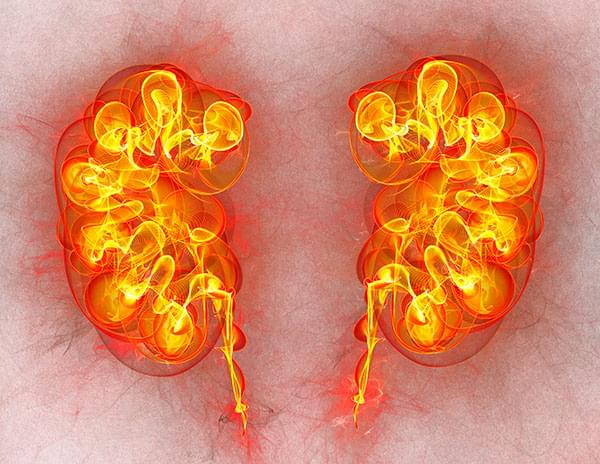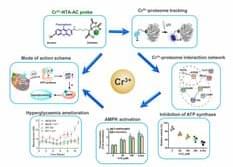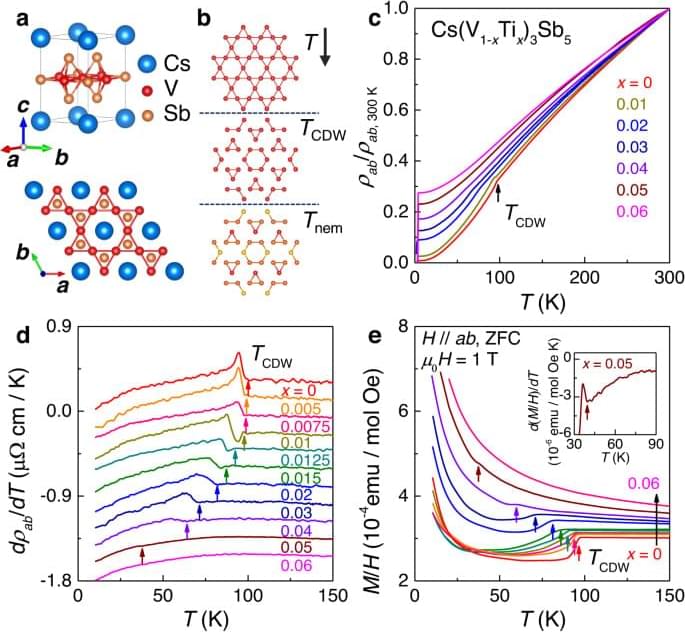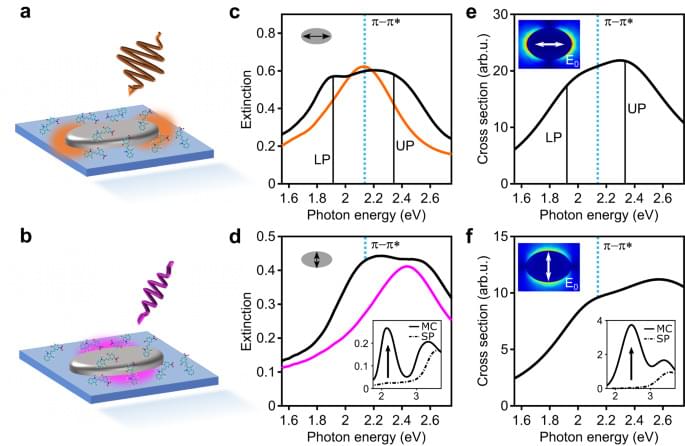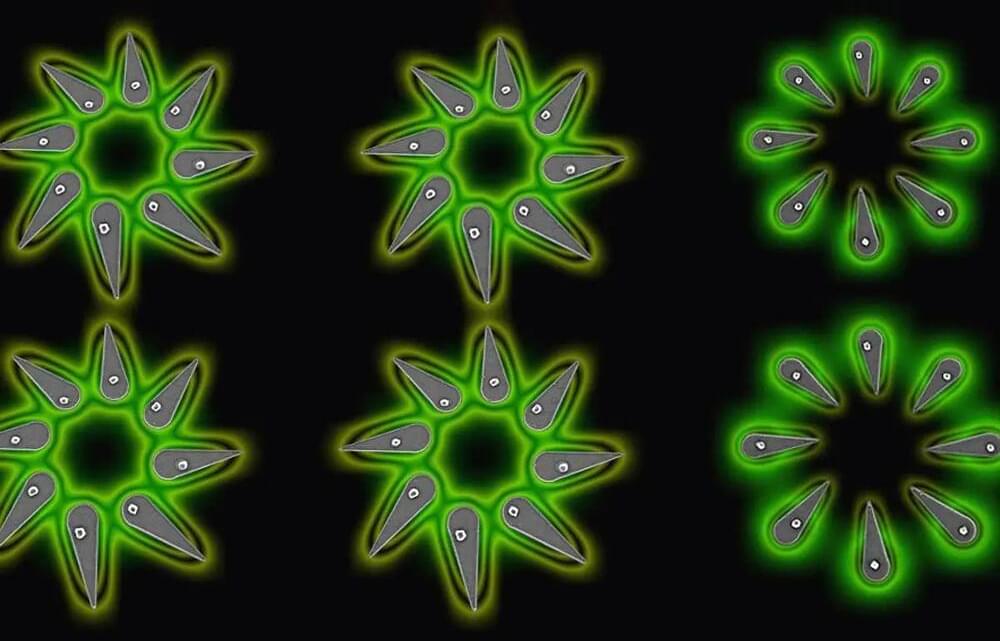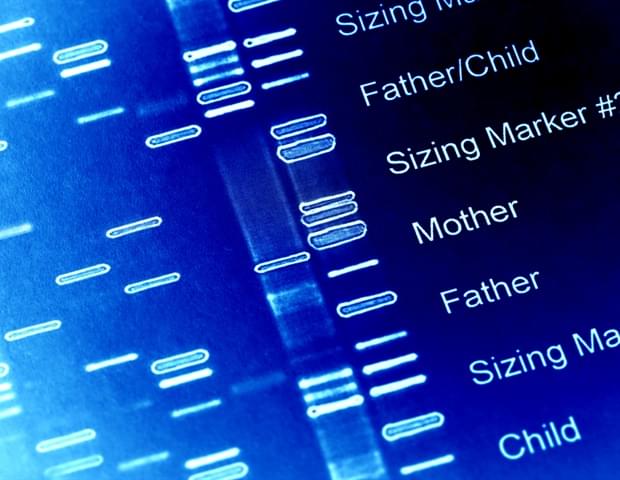Initial staging of prostate cancer (PCa) is usually performed with conventional imaging (CI), involving computed tomography (CT) and bone scanning (BS). The aim of this study was to analyze the role of [18F]F-choline positron emission tomography (PET)/CT in the initial management and outcome prediction of PCa patients by analyzing data from a multidisciplinary approach. We retrospectively analyzed 82 patients who were discussed by the uro-oncology board of the University Hospital of Ferrara for primary staging newly diagnosed PCa (median age 72 (56–86) years; median baseline prostate specific antigen (PSA) equal to 8.73 ng/mL). Patients were divided into three groups based on the imaging performed: group A = only CI; group B = CI + [18F]F-choline PET/CT; group C = only [18F]F-choline PET/CT. All data on imaging findings, therapy decisions and patient outcomes were retrieved from hospital information systems. Moreover, we performed a sub-analysis of semiquantitative parameters extracted from [18F]F-choline PET/CT to search any correlation with patient outcomes. The number of patients included in each group was 35, 35 and 12, respectively. Patients with higher values of initial PSA were subjected to CI + PET/CT (p = 0.005). Moreover, the use of [18F]F-choline PET/CT was more frequent in patients with higher Gleason score (GS) or ISUP grade (p = 0.013). The type of treatment performed (surgery n = 33; radiation therapy n = 22; surveillance n = 6; multimodality therapy n = 6; systemic therapy n = 13; not available n = 2) did not show any relationship with the modality adopted to stage the disease. [18F]F-choline PET/CT induced a change of planned therapy in 5/35 patients in group B (14.3%). Moreover, patients investigated with [18F]F-choline PET/CT alone demonstrated longer biochemical recurrence (BCR)-free survival (30.8 months) in comparison to patients of groups A and B (15.5 and 23.5 months, respectively, p = 0.006), probably due to a more accurate selection of primary treatment. Finally, total lesion choline kinase activity (TLCKA) of the primary lesion, calculated by multiplying metabolic tumor volume and mean standardized uptake value (SUVmean), was able to more effectively discriminate patients who had recurrence after therapy compared to those without (p = 0.03). In our real-world experience [18F]F-choline PET/CT as a tool for the initial management of PCa had a relevant impact in terms of therapy selection and was associated with longer BCR-free survival. Moreover, TLCKA of the primary lesion looks a promising parameter for predicting recurrence after curative therapy.
The innate immune system is able to identify foreign invaders and immediately respond to them. This system is important in order to protect the body from harmful substances.
The response to an infection triggers the arrival of cells called neutrophils, which attack the infection, followed by macrophages that attack bacteria and viruses.
Macrophages release cytokines in order to communicate with other cells when they encounter an enemy. Cytokines are small proteins that carry information. The immune system is activated by cytokines, which give the immune cells direction to fight.
The chief executive of an Indian startup laid off 90% of his support staff after the firm built a chatbot powered by artificial intelligence that he says can handle customer queries much faster than his employees.
Summit Shah, the founder and CEO of Dukaan, a Bangalore-based e-commerce company, said on Twitter Monday that the chatbot — built by one of the firm’s data scientists in two days — could respond to initial customer queries instantly, whereas his staff’s first responses were sent after an average of 1 minute and 44 seconds.
The average time taken to resolve a customer’s issue also dropped by almost 98% when they interacted with the chatbot, he tweeted.
A new study from Aarhus University demonstrates that a protein known for treating cardiovascular diseases also affects a mechanism in the kidney that reabsorbs proteins. This finding could lead to new treatment options for chronic kidney disease.
The new study is published in Kidney International in an article titled, “Proprotein convertase subtilisin/kexin type 9 targets megalin in the kidney proximal tubule and aggravates proteinuria in nephrotic syndrome.”
“Proteinuria is a prominent feature of chronic kidney disease,” wrote the researchers. “Interventions that reduce proteinuria slow the progression of chronic kidney disease and the associated risk of cardiovascular disease. Here, we propose a mechanistic coupling between proteinuria and proprotein convertase subtilisin/kexin type 9 (PCSK9), a regulator of cholesterol and a therapeutic target in cardiovascular disease.”
Genomic analyses, such as next-generation sequencing (NGS) and quantitative polymerase chain reaction (qPCR), require pure nucleic acids and accurate analyte concentrations to perform successful reactions. The purification process to access this genetic material uses methods that rely on detergents, mechanical disruption, and heat to disrupt the cellular structures of nuclei, ribosomes, bacteria, and viruses. Nucleic acid is then purified by performing a solvent extraction, alcohol precipitation, and salting-out.
Contaminants can copurify with nucleic acids
Isolation of nucleic acids (including various forms of DNA and RNA) may be needed from cell harvest, PCR, restriction enzyme digest, agarose gel, and other sources. Several avenues in nucleic acid extraction protocols inadvertently allow the co-precipitation of contaminants owing to the type of starting material or the chosen extraction method (Table 1). In some cases, changing the method or adding another purification step can mitigate or eliminate the copurification issue. However, when contamination remains an issue, it is important to learn as much as possible about the impurities that can denature enzymes, block templates, or otherwise lead to failed chemical reactions necessary for downstream applications.
Recently, a research team led by Professor Hongzhe SUN from the Department of Chemistry, Faculty of Science, The University of Hong Kong, has published a paper in Nature Communications.
The researchers found that, chromium(III) (Cr(III)), a nutritional supplement, can enhance cells’ ability to metabolise glucose by regulating ATP synthase activity. This process improves mitochondrial deformation caused by high glucose levels and significantly boosts glucose metabolism in type 2 diabetic mice. To uncover the protein targets of Cr(III) and elucidate the molecular mechanism, the team has developed a fluorescent probe for detecting transient metal-protein interactions, achieving a high spatiotemporal resolution tracking of the Cr(III) proteome in HepG2 cells. This led to the identification of Cr(III)-binding proteins within cells. The team then revealed that Cr(III) replaces magnesium ions (Mg2+) in ATP synthase, reduces ATP synthase activity, and activates the downstream AMPK pathway, resulting in improved glucose metabolism. This study provides a novel concept for hypoglycaemic research.
“Although Cr(III) compounds have long been used as a nutritional supplement for diabetes treatment, weight loss and muscle development, its protein target and mechanism of action remain concealed for over half a century. We used a novel fluorescent probe, along with other chemical biology approaches, to uncover the long-standing scientific problem of the biological chemistry of Cr(III) and discovered that Cr(III) targets ATP synthase to regulate glucose,” commented Professor Sun.
Nematicity was recently found in the kagome superconductor CsV3Sb5. Here, by performing elastoresistance measurements on Ti-doped CsV3Sb5, the authors find that nematic fluctuations play an important role in enhancing superconductivity in this material.
Pump-probe spectroscopy is a versatile technique to explore ultrafast dynamics on the femtosecond timescale. Here the authors report a pump-probe experiment and quantum modeling combined study revealing dynamics of collective polaritonic states that are formed between a molecular photoswitch and plasmonic nanoantennas.
A new technique produces perovskite nanocrystals right where they’re needed, so the exceedingly delicate materials can be integrated into nanoscale.
The nanoscale refers to a length scale that is extremely small, typically on the order of nanometers (nm), which is one billionth of a meter. At this scale, materials and systems exhibit unique properties and behaviors that are different from those observed at larger length scales. The prefix “nano-” is derived from the Greek word “nanos,” which means “dwarf” or “very small.” Nanoscale phenomena are relevant to many fields, including materials science, chemistry, biology, and physics.
Scientists at Leipzig University, in collaboration with colleagues at Vilnius University in Lithuania, have developed a new method to measure the smallest twists and torques of molecules within milliseconds. The method makes it possible to track the gene recognition of CRISPR-Cas protein complexes, also known as “genetic scissors”, in real time and with the highest resolution. With the data obtained, the recognition process can be accurately characterised and modelled to improve the precision of the genetic scissors. The results obtained by the team led by Professor Ralf Seidel and Dominik Kauert from the Faculty of Physics and Earth Sciences have now been published in the prestigious journal Nature Structural and Molecular Biology.
When bacteria are attacked by a virus, they can defend themselves with a mechanism that fends off the genetic material introduced by the intruder. The key is CRISPR-Cas protein complexes. It is only in the last decade that their function for adaptive immunity in microorganisms has been discovered and elucidated. With the help of an embedded RNA, the CRISPR complexes recognize a short sequence in the attacker’s DNA. The mechanism of sequence recognition by RNA has since been used to selectively switch off and modify genes in any organism. This discovery revolutionized genetic engineering and was already honored in 2020 with the Nobel Prize in Chemistry awarded to Emmanuelle Charpentier and Jennifer A. Doudna.
Occasionally, however, CRISPR complexes also react to gene segments that differ slightly from the sequence specified by the RNA. This leads to undesirable side effects in medical applications. “The causes of this are not yet well understood, as the process could not be observed directly until now,” says Dominik Kauert, who worked on the project as a PhD student.



